|
|
plants
. . .
. . . are good things!
 It's hard to remember every plant we have or would
like to have. That's why we keep lists. Our plant lists content information
about our tries at growing, general information on the plant and
photographs.
It's hard to remember every plant we have or would
like to have. That's why we keep lists. Our plant lists content information
about our tries at growing, general information on the plant and
photographs. |
|
|
|
|
|
|
|
|
|
There are
over 200
species of plants cultivated in our gardens. To learn more
about any of these either find the plant in the list above,
search for a plant in the box to the left or clock on one of the
categories or locations in the left column.
Each plant
listed will show a picture, and our notes about that plant. When possible, we include the Latin
botanical name, a short descriptions, and planting
notes. |
|
|
|
|
<< < Page 4
of 17
>
SHOW ALL |
Alphabetize
|
Last Updated
|
Last Added

|
Perennials
Columbine
|
Started from seed from Nancy fall of 2004, East side of west fence.
Fence Bed West
|
|
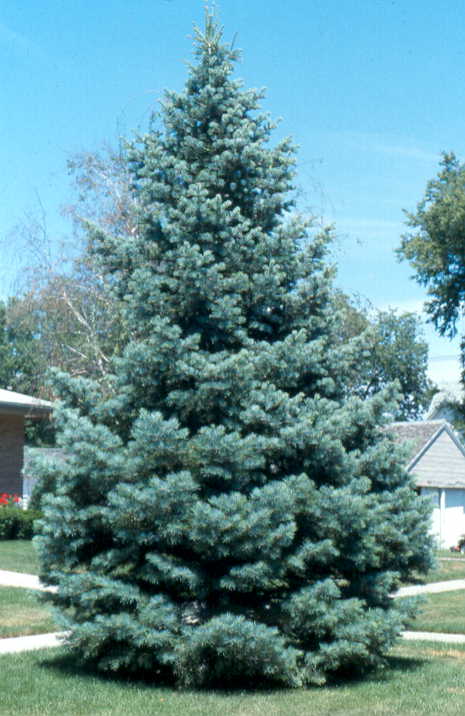
|
Tree & Shrub
Concolor Fir
Abies concolor
Also called the white fir, it was designated the Great Plants® 2003 Tree of the Year by the Nebraska Statewide Arboretum. Its silvery-blue needles average two to three inches long and are surprisingly soft to the touch. The tree itself forms a strongly pyramidal silhouette with delicate texture.
It is native to the Rocky Mountains, southern Cascades and Sierras of the western United States. Those harsh environments means the concolor fir is well suited for Midwestern climates, possessing cold hardiness, moderate drought tolerance and a lack of pest problems.
In urban conditions, it will reach 50 feet tall and 30 feet wide. It grows at a slow to moderate rate and should be planted in full sun. An important requirement to remember is this fir will not be happy in a soggy, poorly drained site, so avoid heavy clay soils or areas intensely irrigated by lawn sprinklers.
|
Wish List
|
|
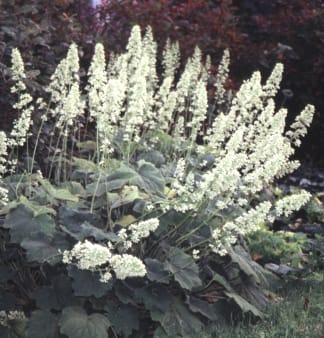
|
Perennials
Coral Bells
|
started from Julie Spring 2006
Planted in West Bed.
West Bed
|
|
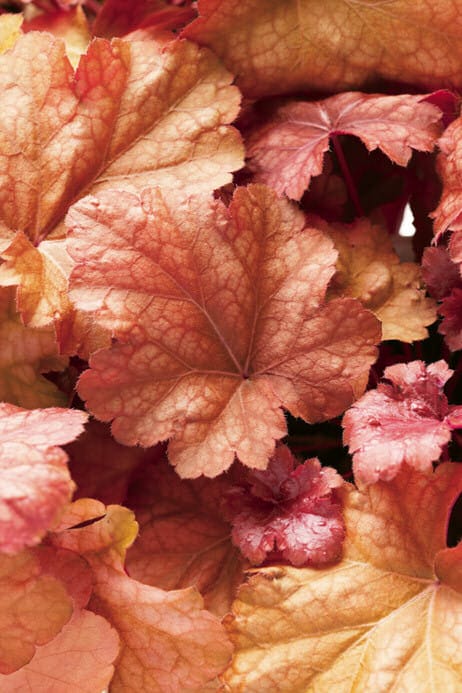
|
Perennials
Coral Bells
Heuchera 'Peach Melba'
|
Started 2008 - Oak Tree Bed, Moved to West Bed 2009
West Bed
|
|
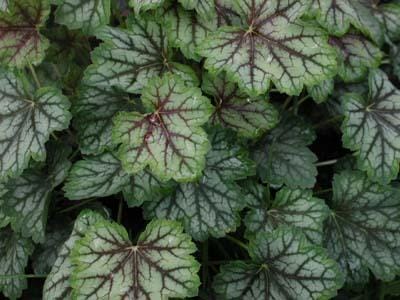
|
Perennials
Coral Bells
Heuchera 'Green Spice'
|
Started 2008 - Oak Tree Bed
Oak Tree Bed
|
|
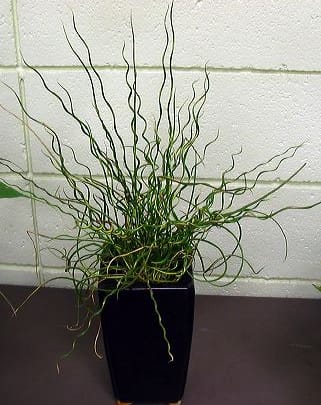
|
Grasses
Corkscrew Rush
Juncus effusus 'Spiralis'
Impressive foliage, perfect for the modern border or containers. Fertile, moist, well-drained soil in full sun. Add architectural flair to your mixed borders by using the arching sprays and sharp silhouettes to add contrast, or use in mixed containers for a color explosion on your patio.
|
Died 2006. (Needed moister soil)
LOST
|
|
|
|
|
|
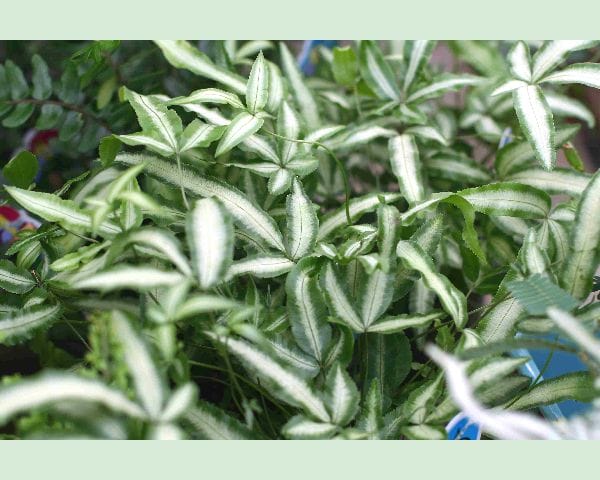
|
Ferns
Cretan Brake Fern
cretica L. var. albolineata
White and green varigated.
|
Fern Bed
|
|
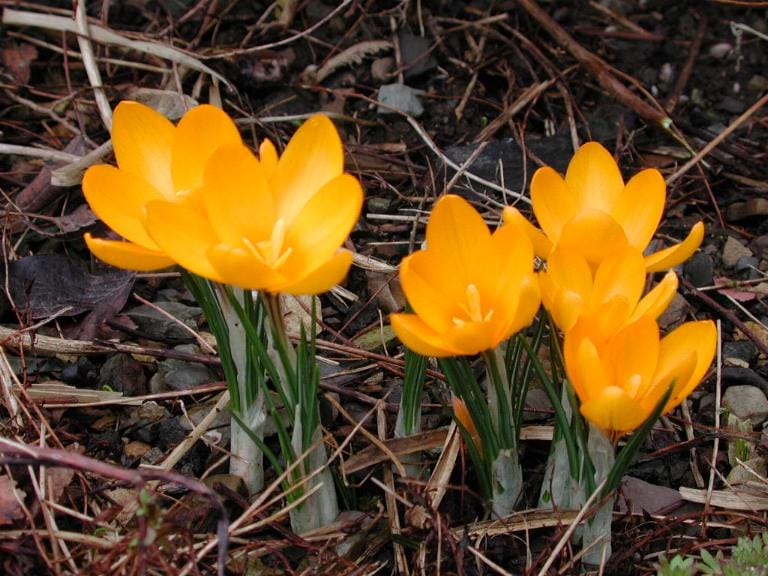
|
Bulbs & Tubers
Crocus - Yellow Mammoth
|
Ordered in 2005 from Van Dyck's $4.95. Planted next to fern bed fountain
|
|
|
|
Bedding Plants
Crossandra
Crossandra infundibulliformis
(Orange Marmalade)
|
Planted in 2010 behind peach Coral Bells
West Bed
|
|

|
Herbs
Cuban Oregano
Plectranthus amboincus
This aromatic species has fleshy green leaves and a trailing habit when the branches are allowed to grow long. Cuban Oregano is a member of the same family as Coleus, and as such is not a true oregano. It makes a nice houseplant - especially the variegated type shown above, and is propagated easily by cuttings.
|
Purchased from HyVee Garden Center Spring 2005
LOST
|
|
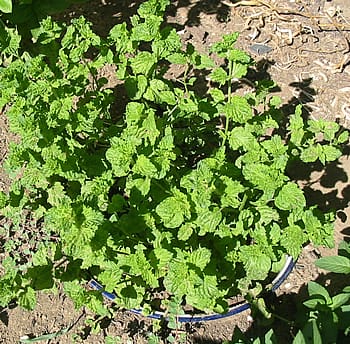
|
Herbs
Curly Mint
Mentha aquatica "Crispa'
|
A compact-growing mint with a spearmint scent and crispy, ruffled foliage. Does well in damp shady areas. Can be grown in pots. Likes Shade.
|
|
|
|
|
|
|
|
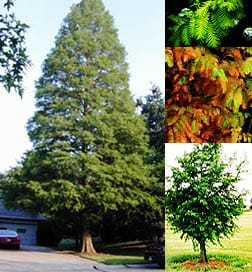
|
Tree & Shrub
Dawn Redwood
Metasequoia glyptostroboides
The Dawn Redwood tree, Metasequoia glyptostroboides, is a deciduous conifer, with soft needle-like leaves that look like evergreens, but are bright green in the spring and brilliant orange/red in the fall. The needles are shed in the cold season of winter. Dawn Redwood trees are a very ornamental and interesting large tree, one of the few deciduous conifers in the world. It is feathery pyramidal in form with a straight, fluted trunk. It grows very fast to 40’ and can grow to 70’.
The bark is red- brown, fissured and exfoliating in long strips. It is a beautiful and stately tree, well suited for large areas. It makes a very effective, fast growing screen, perfect as a long driveway alley. This tree does best in full sun and when provided with adequate moisture. The Dawn Redwood has been called "a living fossil" because it was first discovered in Japan in 1941 and then found growing in the wild in China. The species is over 50 million years old. It is a very hardy tree and tolerates windy sites.
|
alternative -- Bald CypressTaxodium distichum
From the Nebraska State Arboretum -- we have learned that dawn redwood (Metasequoia glyptostroboides), Japanese maple (Acer palmatum) and flowering dogwood (Cornus florida) do poorly throughout the state.
General
|
|

|
Bulbs & Tubers
Dayliles
Hemerocallis 'Stella de Oro'
(Star of Gold)
These perennials are grown for their showy and many times fragrant flowers which come in a wide range of vibrant colors. The individual blooms last only for one day but there are many blooms on strong stems that rise above tall grassy foliage. The plants will flower from early summer to fall and some varieties are semi-evergreen to evergreen in warmer climates.
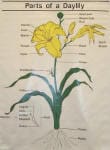
|
|
|
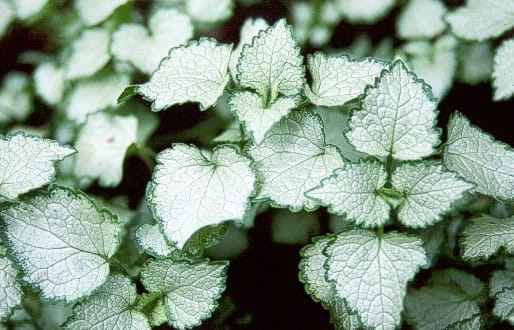
|
Perennials
Dead Nettle
Lamium maculatum
Groundcover has beautiful foliage that is a blend of dark and pale green, chartreuse and silver reaching to a height of 6-8 in. Flowers of mauve appear in late spring with light reblooming in fall. Drought tolerant once established.
|
2005 in container box behind the root cellar bulkhead. Now moved under the sprus tree.
See Ground Cover page.
|
|
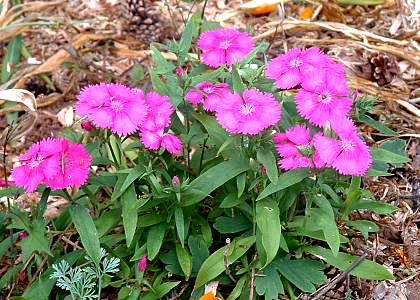
|
Perennials
Dianthus,
Dianthus, Picotee 'Clavelina'
Full Sun, 10' high
|
Purchased 2006
Planted in West Bed, later moved to East side of fence in 2010.
|
|
|
|
|
|